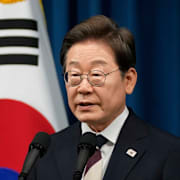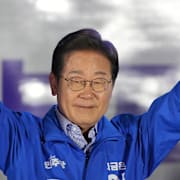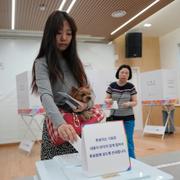
Minnen från diktaturens Sydkorea väcks till liv: ”Desperation och rädsla”
Krigslagarna som president Yoon Suk-Yeol utlyste i går väcker skrämmande minnen för många sydkoreaner, skriver New York Times.
En av dem är politikern Chung Chin-ook, i dag 60 år. Som tonåring överlevde han massakern i hemstaden Gwangju 1980, när militären slog ner studentprotesterna.
– Jag tänkte direkt på 1980, och rädslan och desperationen som vi kände, säger Chung Chin-ook.
Han och andra ledamöter tog sig snabbt till kammaren för att upphäva Yoons initiativ och möttes av soldater som presidenten skickat till parlamentet.
En annan oppositionspolitiker, Jung Su-yeon, berättar för The Telegraph hur hon krypandes på marken lyckades ta sig förbi säkerhetsstyrkorna.
– Fallskärmsjägare försökte ta sig in i byggnaden, vi slog tillbaka genom att spruta med brandsläckare. De var fullt beväpnade, så vi var oroliga för blodspillan.
Sydkorea blev en demokrati först i slutet av 1980-talet och militärens roll är en känslig fråga. President Yoon riskerar riksrätt efter gårdagens tumult.



